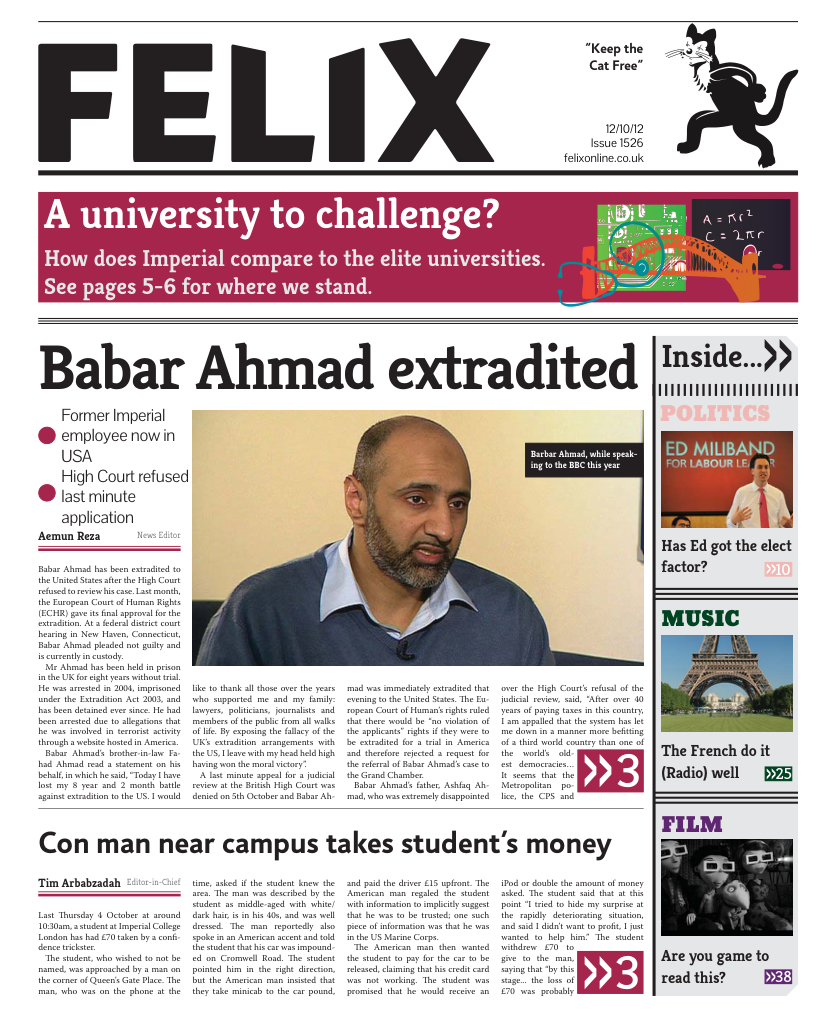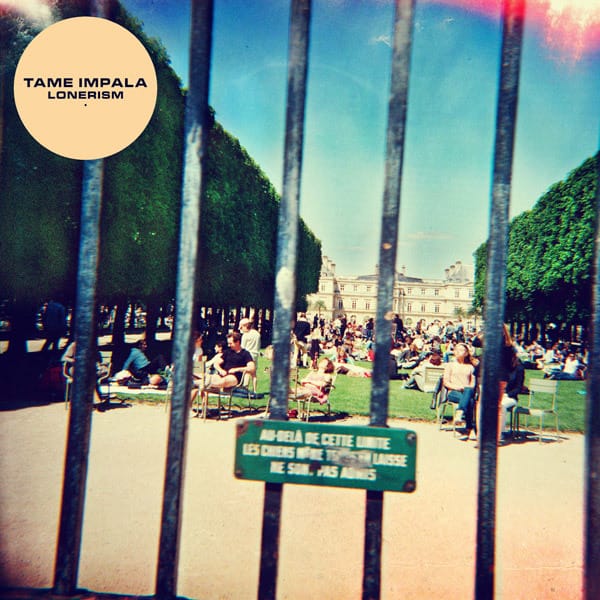You Don’t Have To Call It Music #1
Pt. 1 Contemporary classical
or: what the atom bomb and the death of God have to do with birds and brutalism.
I was brought up to disown classical music. When I wanted rock & roll, I got baroque. Admire convention as sacrosanct and do not touch. Unfortunately, it took years for me to gain any sort of interest in classical music, and when I did, it was decidedly towards the anarchic end of the spectrum. Despite the polite waltzes and majestic sonatas of centuries past, the shape of modern composition takes an altogether more tumultuous form.
This convention is what deteriorates the so-called “serious music, domesticated under the barbarous name of classical so as to enable one to turn away from it again in comfort,” as Frankfurt School cultural theorist Theodor Adorno put it in his essay, On the Fetish Character of Music and the Regression of Listening. In fact, not only the audience but even the composers grew tired of the servile rectitude of the simplistic, predictable, and almost patronizing plays of harmony. One Arnold Schoenberg, all but single-handedly banished conventionality in music with his twelve-tone technique, dubbed serialism, decidedly defenestrating tonality altogether. His cacophonic approach was equally revered and reviled by the new and old respectively. Regardless, it came at a time when music was more hackneyed than ever. Opening our ears to atonality was a way of breaking free from convention and exploring new ground in an agoraphobic art.
Before this explosion into unknown territory, some composers had already begun to unravel the creases in the partiture. Hungarian Béla Bartók is said to have been the first to use a method akin to serialism in 1908, before Schoenberg concretized it in 1921. Two years before, Richard Strauss sonified perversions on biblical characters, in his opera Salomé based on the play by Oscar Wilde, which culminated in necrophilia. His most famous work, Thus Spoke Zarathustra, was inspired by Nietzsche’s opus, which claimed that “God is dead.” Later, Igor Stravinsky would incite a riot in the concert hall with his orchestral ballet The Rite of Spring. Truly, the times of genteel eloquence and pompous balladry were now reserved for the ignorantly arrogant.
After the collapse of Europe in the wake of WWII, when harmonic excess and euphoric beauty was no longer fit to entice the hearts of a broken continent, a new resurgence in dissonance took form. Krzysztof Penderecki’s Threnody to the Victims of Hiroshima is perhaps one of the most chilling and illustrative documents of the zeitgeist. The violins open with a single chord, merging a million crying voices into one agonized shrill, shivering in terror. The cacophony quickly falls apart as the glissandos begin to disperse like fumbling footsteps, eventually collapsing and giving way to a void of silence. These elements permeate the entire piece, painting a terrifying vision of man’s greatest discovery turned into its greatest misfortune. The pristine face of the orchestra turned into an ominous and macabre portrait of the depths of mankind. The listener was plunged beneath the safe space between whole notes and half-tones, into a flood of dissonance and conflicting harmonics. Yet this was not merely a chaotic mass. The dissonance induces a calculated state of terror. It was mankind recoiling at the mere thought of itself. Something stranger than taboo, something seemingly unnatural, but so innate.
This tendency towards abstraction from our imperfect nature was further elevated by Iannis Xenakis. Xenakis used his training as an architect to make up for his lack of musical background. After fleeing his natal Greece, following the ruination wrought by the fascists (where the then student’s visage was severely disfigured while fighting in the resistance), he found a place in Parisian brutalist-extraordinaire Le Corbusier’s architecture studio. Not long thereafter he met composer Olivier Messiaen (who famously scored bird songs for orchestra) who spurred the anxious expat to use the tools at his disposal to pursue his musical passion, even when a classical education had been missing. Xenakis used his knowledge of structural engineering and stochastic processes - such as those found in nature, from bird flight to cellular organization - to extract music from the rigid foundations of mathematics. His most famous piece, Metastasis was composed using the same formulas as those used in designing the emblematic Phillips Pavilion for the 1958 World Expo in Brussels.
The New Yorker’s Alex Ross recently recounted these tremors of the XX Century in his book The Rest is Noise. The Southbank Centre are curating a festival from January to June of next year inspired by the Pulitzer Prize finalist. It features concerts from many of the above, as well as more manageable and certainly more beautiful works by Debussy, Mahler, Prokofiev, Satie and countless others. If you ever felt a curiosity but never dared confront the vastness of the repertoire, this may help to make some sense of it all.








